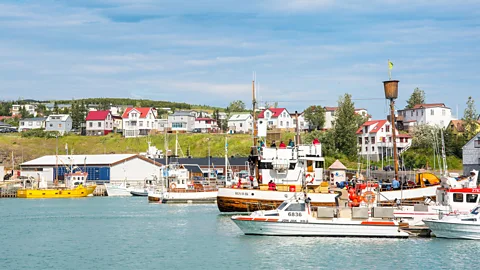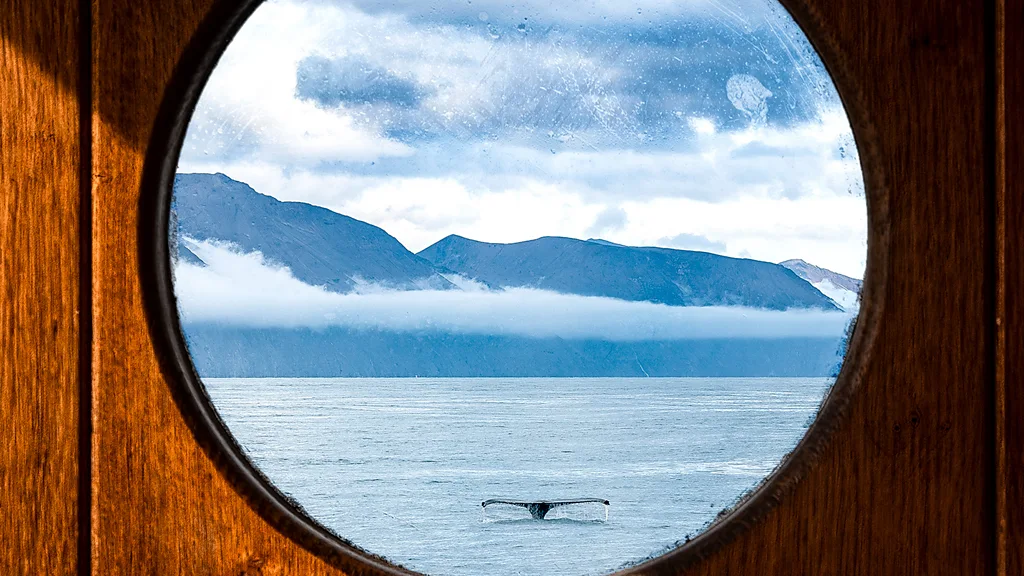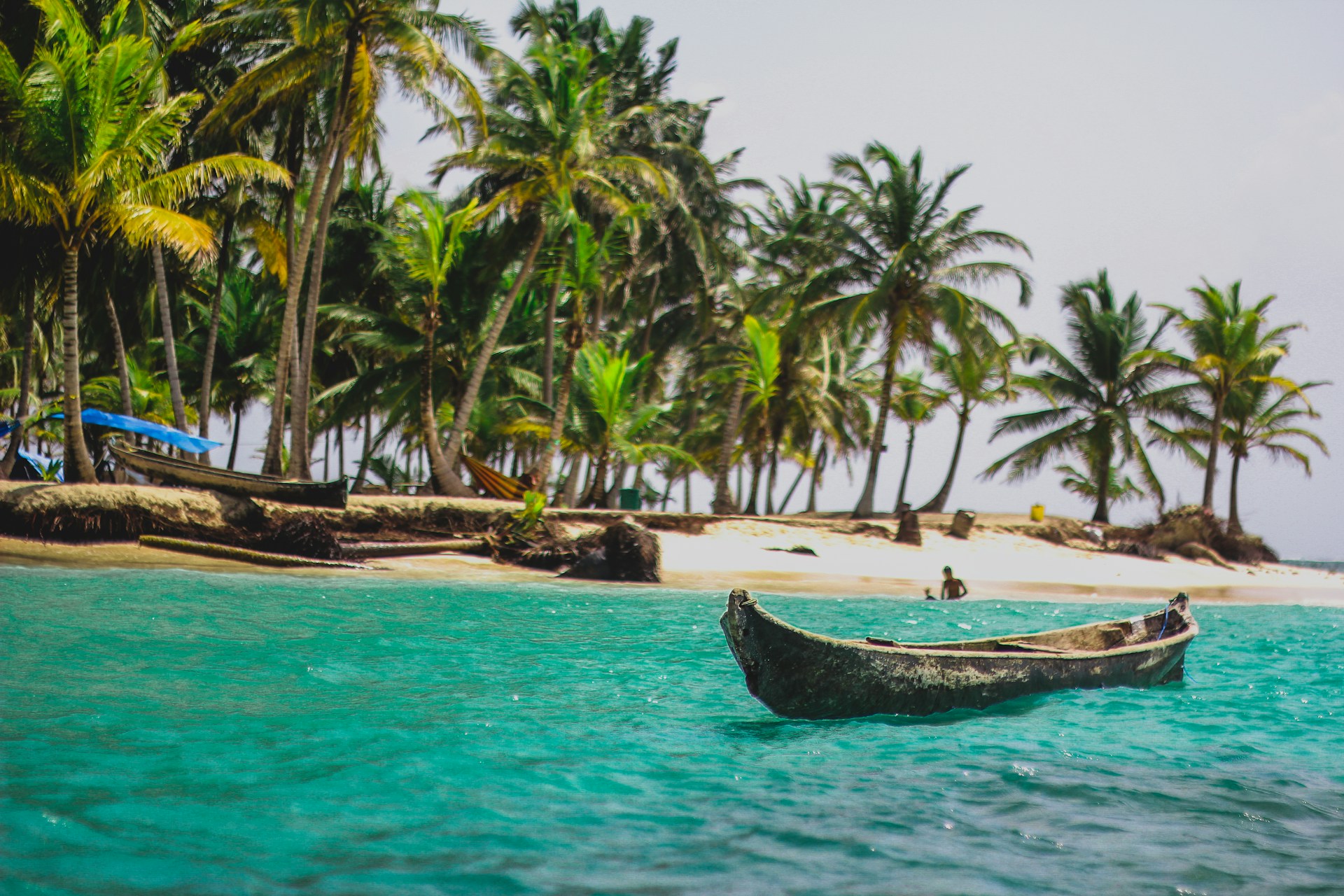This more remote part of Iceland offers visitors a deep dive into its fascinating history and authentic culture.
Iceland wasn’t always the blockbuster travel destination it is today; in the early 1990s, the country saw just a little more than 130,000 visitors a year. By 2023, however that number had surged to 2.21 million, far outpacing Iceland’s tiny population of around 380,000. Experts chalk it up to a mix of savvy marketing, social media virality and sheer natural spectacle. The 2014 #MyStopover campaign turned layovers into week-long adventures, flooding Instagram with images of steaming hot springs, glacier lagoons and volcanic black-sand beaches. Soon, Iceland was no longer just a niche destination for intrepid explorers; it was on every traveller’s bucket list. But with soaring popularity came new challenges, pushing the country to grapple with the pressures of overtourism.
Most visitors touch down in the capital city of Reykjavik and make a beeline for the Blue Lagoon or the well-trodden Golden Circle. But as Iceland’s tourism boom shows no signs of slowing, the country is looking for ways to ease the strain on its most popular spots. The conversation around overtourism has become impossible to ignore, and one solution is clear: encouraging travellers to venture beyond the usual highlights. The country’s north, with its dramatic fjords and geothermal hotspots, offers a quieter yet equally spectacular alternative to the capital, with idyllic towns like Akureyri and Húsavík providing a gateway to breathtaking landscapes without the crowds.








